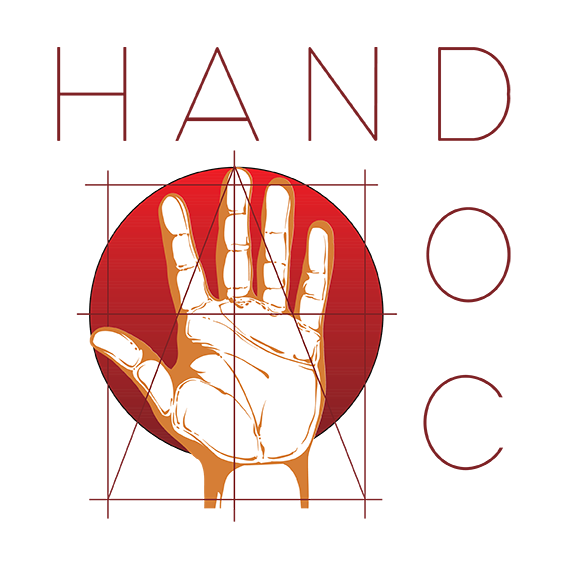Murray Williams, The Cape Argus, Friday 13 August 2016
It’s a miracle.These doctors have worked a miracle. These are Bongani Mpange’s words as he stares at his hands, slightly crooked, but strong hands that on August 11, 2010 he saw lying in a plastic bag on his factory floor.
The tragedy unfolded just before noon at the paper factory where he works in Beaconvale in the Parow Industria area.
Mpange, 32, had been feeding paper to a machine when an industrial hydraulic guillotine sliced off both his hands.
Speaking publicly for the first time, 18 months later, he told the Cape Argus: “It was a terrible shock seeing both my hands sitting in the machine.”
He owed his “miraculous” treatment to the rapid response of paramedics and emergency treatment by a team of surgeons at Life Orthopaedic Hospital near Pinelands.
Mpange’s ordeal gripped the imagination of Capetonians as the team of surgeons began their complicated rescue mission.
On the day the news broke in the Cape Argus, Metro paramedic Michele King said: “On our arrival (at the factory), there was an ambulance already there and they were trying to stop the bleeding on both extremities.
“Someone at the facility had put a tourniquet on to try to stop the blood, and the machine had been switched off. But there was a lot of blood around.
“The hands were still in the machine, and they were removed by Netcare 911 paramedic Ryan Bell, who put them into moist saline dressings, and then into a packet.
“We couldn’t (find ice) from any of the companies in the area, so we used a frozen water bottle to keep the hands cold.
“The man was put onto an IV line, and on oxygen, and ECG monitors, and we raced him to the hospital,” said King. A team of four doctors – two plastic surgeons, Alexander Zuhlke and Andrew Bruce-Chwatt, orthopaedic surgeon Ian Koller and specialist hand surgeon Mike Solomons – were on standby.
Solomons explained “Our first concern was the patient. Life is more important than limb.
“Once we got him into theatre, he needed a lot of blood; about 10 units. The next concern was the ischaemia time, the time during which a body part is disconnected from the body.
“Because the hand has a lot of muscle in it, the warm ischaemia time is around four hours.
“But this guy had two things in his favour. First, it was a clean cut, it was not a crush injury.
“And second, the correct protocols were followed immediately after the accident. Ny cooling the body part, you can extend the ischaemia time.
“We worked in two teams” Solomons said.
“The surgical priority is to reattach the bone, then to reconnect the artery and veins, and finally to reattach the nerves and tendons.”
The operation lasted around seven-and-a-half hours.
Solomons said the man remained in “deep anesthesia” following the operation.
He warned that the next three to give days would be crucial.
“If the hands survive, then the worst will be over.”
The man will also need “a lot of rehabilitation to restore him to close to normal function.”
Despite these concerns, Solomons reported that the man’s condition was stable and that his hands appeared to be responding well to their reattachment. He was to stay at the hospital for a full six months.
Back to Solomon’s rooms on Wednesday, Mpange said “When I first woke up in hospital (after the first marathon surgery), I could see only bandages on my hands. So I still believed I had lost my hands.
“I had last seen them in the machine, and my arms, without hands, bleeding.
“Then I was told that my hands had been returned to me.”
What had followed were six operations, and an exhaustive period of occupational therapy.
“It was painful, at first,” said Mpange. But he had persevered.
Solomons explained: “Look, when you lose both hands, you are never going to have completely ‘normal’ functions again.
“If he had had bilateral hand prostheses or ‘claws’, he would have been severely compromised.”
But thanks so Solomons and his team’s surgery, and Solomons’ subsequent specialist care, Mpange now has substantial use of both hands, despite losing the little finger on his left hand, which had been beyond repair.
Senior occupational therapist Shariefa Goliath said: “We worked hard on stimulating working conditions, and building his hands’ strength to perform necessary functions.”
Studying Mpange’s hands, Solomons said: “You can see light sweat on his hands’ which is excellent, as it indicates full sensitivity. And he has a good power grasp.”
Goliath also began a series of negotiations, on Mpange’s behalf, with his employers, resulting in a new job – albeit at a lower salary – with the same company.
The complicated and extensive set of operations was paid for by the workmen’s compensation fund.
Mpange is due to undergo further operations, to fine-tune his fingers’ functions.
And, although remaining shy to speak, he confided “When people see my scars, and I tell them I had lost both my hands, they do not believe me.”


